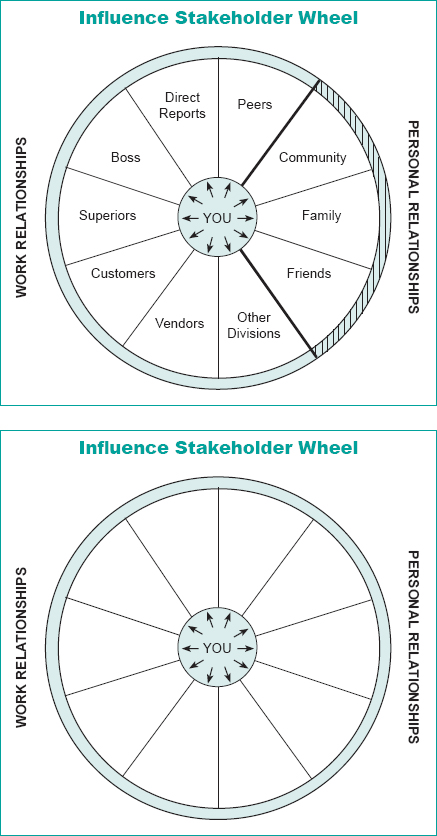Influence Tactics

Most of the time, when you make a simple request, people are likely to carry it out provided that it does not negatively affect them. If your request is clearly legitimate, relevant to their work, and something they know how to do, resistance will probably be minimal. Selecting and developing a broader set of influence tactics becomes more important when your request is perceived as unpleasant, inconvenient, or inconsistent with the other person’s goals, values, or intentions. If it is not immediately obvious to other people that complying with your request is necessary, it can be particularly difficult to influence their actions toward that end.
Table 1 (page 14) lists eleven influence tactics that research has identified as effective in different situations and with different people. In Leadership in Organizations, Gary Yukl divides the eleven tactics into two groups: four core tactics that research suggests are most effective and most widely used, and seven supplementary tactics that leaders often use in conjunction with the core tactics. In the table, the core tactics are marked with an asterisk.
Table 1. Definition of the Proactive Influence Tactics
*Rational persuasion |
You use logical arguments and factual evidence to show that a request or proposal is feasible and relevant for attaining important task objectives. |
*Consultation |
You ask the person to suggest improvements or help plan a proposed activity or change for which the person’s support is desired. |
*Inspirational appeals |
You appeal to the person’s values and ideals or seek to arouse the person’s emotions to gain commitment for a request or proposal. |
*Collaboration |
You offer to provide assistance or necessary resources if the person will carry out a request or approve a proposed change. |
Apprising |
You explain how carrying out a request or supporting a proposal will benefit the person or help to advance his/her career. |
Ingratiation |
You use praise and flattery before or during an attempt to influence the target person to carry out a request or support a proposal. |
Exchange |
You offer something the person wants, or offer to reciprocate at a later time, if the person will do what you ask. |
Personal appeals |
You ask the person to carry out a request or support a proposal as a personal favor based on friendship or the person’s kindness. |
Legitimating |
You seek to establish the legitimacy of a request or to verify that you have the authority to make it. |
Pressure |
You use demands, threats, frequent checking, or persistent reminders to influence the person to do something. |
Coalition |
You enlist the support of others to help you in influencing the person, or you use their endorsement of your request or proposal in your influence attempt. |
Copyright ©2001 by Gary Yukl. Used with permission.

